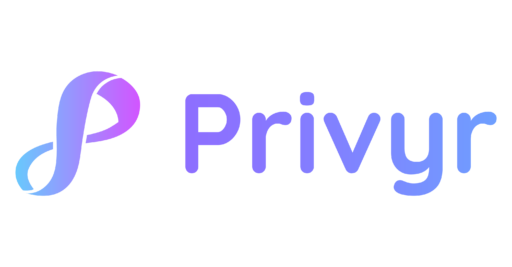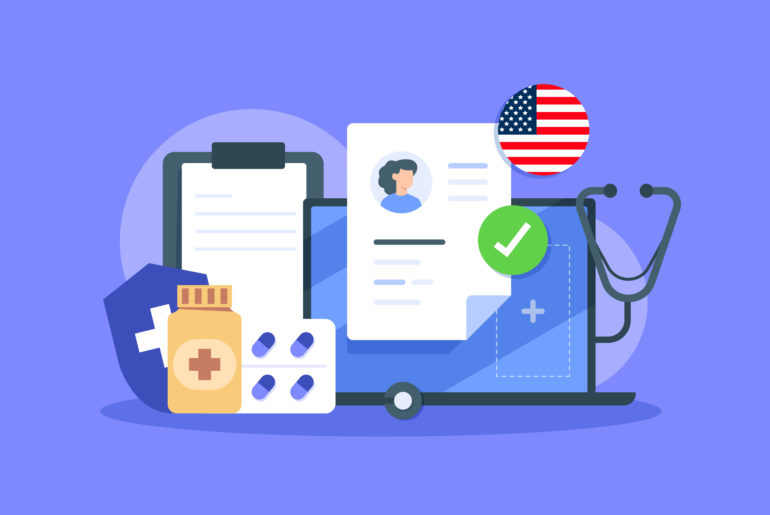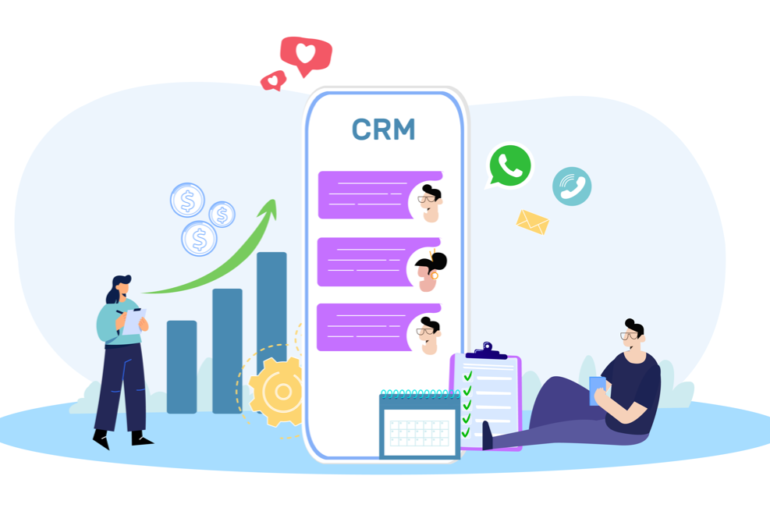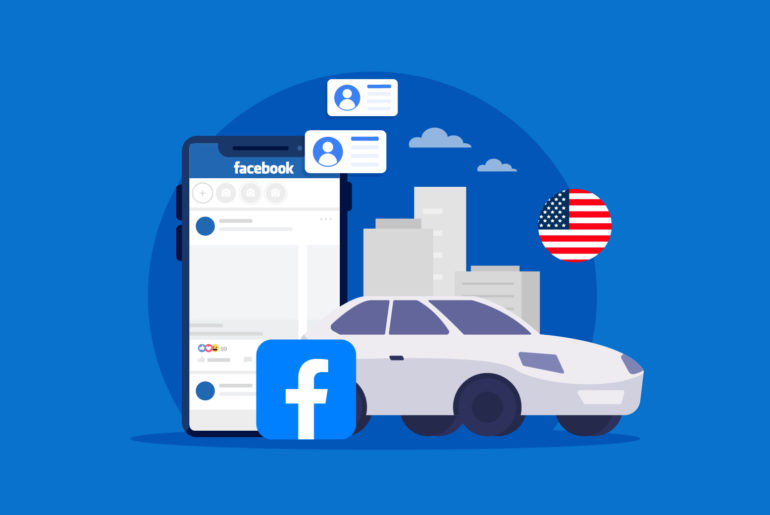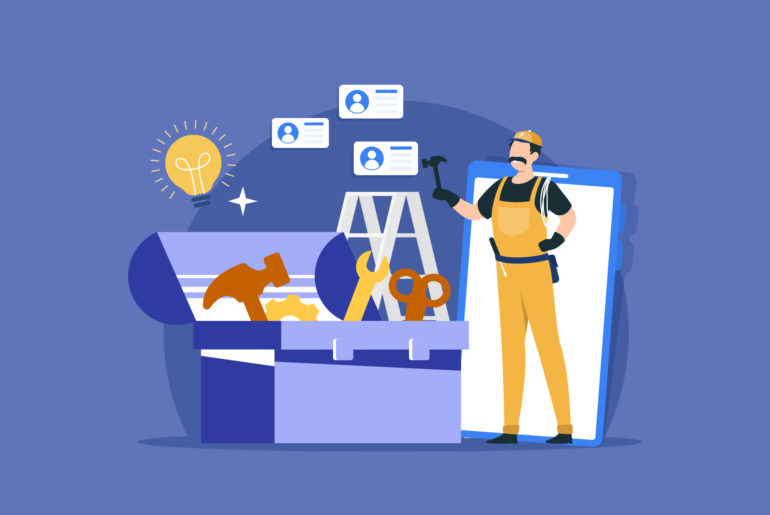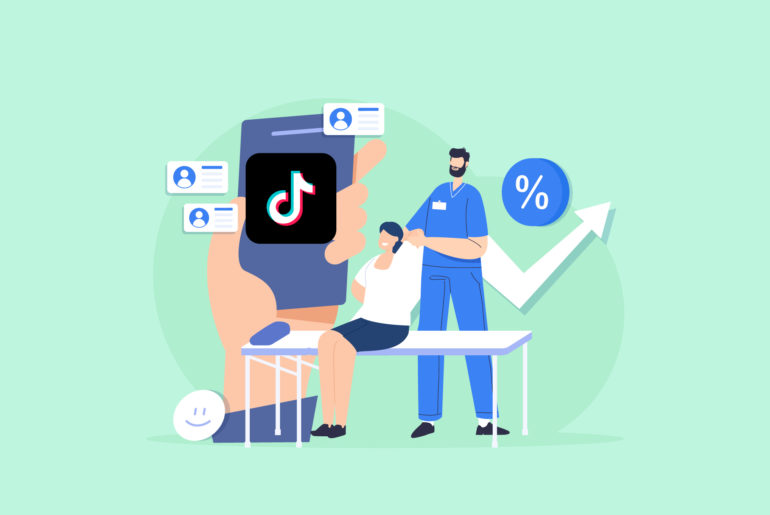As your business grows, streamlining your lead follow-up process is crucial to closing more sales. However, with so many steps involved in this process, it can be challenging to streamline it manually. Luckily, with the help of technology, you can now automate tasks that are time-consuming but don’t necessarily require human effort.
Nevertheless, do note that it may not be always possible or advisable to automate your entire lead follow up process, depending on your industry and workflow. For instance, if you work in a relationship-driven profession, such as real estate or luxury goods, automating your conversations with clients may not be ideal.
In this article, we’ll discuss the best practices of automated lead follow-up system and how to strike the right balance between automating repetitive tasks and focusing on high-value activities.
Table of Contents
How to automate the process of receiving New Leads
Automating the First Outreach (Call or Message)
Automating subsequent Follow-Ups
Things to consider for an Automated Lead Follow-up System
Summarising the Automated Lead Follow-up System
How to automate the process of receiving New Leads
Receiving new leads can be a tedious process if you take a manual approach. However, this is a critical step that can impact your new lead’s first impression of you. Delayed lead data means contacting leads late, which can lead to losing them. Ideally, you should aim to contact leads within 15 minutes of them submitting their interest.
Unfortunately, most lead sources don’t provide you with a fast solution to receiving leads. For instance, Facebook Lead Ads don’t alert you about new leads. You’ll need to keep visiting the leads library to check whether you’ve received new leads and then download a CSV file to access the data. Similarly, while WordPress forms do send you an email alert for each new lead, you still have to spend time sorting out the information and compiling them in your sheets, which delays your outreach.
Thankfully, several tools can help you automate the process of receiving leads. Connector tools like Zapier and Pabbly Connect help you automatically receive leads in your spreadsheets or CRM, but they may require a lot of configuration. As a small business or solopreneur, you may benefit more from tools like Privyr that helps you receive real-time lead alerts and access your leads on your preferred device with minimal setup.
Automating the First Outreach (Call or Message)
Once you get new leads, you’ll want to contact them quickly while they’re still interested. One option is to use autoresponders, such as MailChimp and similar email marketing tools. These tools are useful for eCommerce order confirmation and for processes that don’t need human assistance. For instance, If someone has signed up to receive an eBook, you can send it to them immediately through an automated email.
However, if your product or service requires a guided sales process and a human touch, personal interaction with your leads is recommended. Personalised messages on apps like WhatsApp or a personal phone call can be effective to establish contact. But keep in mind that contacting leads via a phone call may not be a good idea nowadays. Most millennials don’t prefer receiving calls.
Using a tool that integrates with popular messaging apps makes sense if having a personal touch is critical in your sales process. For instance, Privyr integrates with both your lead sources and messaging apps, allowing you to receive new leads in real time and contact them directly with an auto-personalised text within seconds.
Automating subsequent Follow-ups
It’s important to note that most of your leads won’t convert in the first interaction. It’s your continuous interaction and negotiation that plays a crucial role in converting them into customers. Therefore, you need a good follow-up plan.
If you’re looking to automate weekly newsletters or sending digital products like eBooks via email, it can be done using marketing automation tools like MailChimp. However, for a more personalised follow-up, you may need to combine both manual and automated approaches, depending on your sales process.
You can use sales productivity tools to efficiently schedule follow-ups based on the customer data. It frees up your time from manually creating and editing a follow-up calendar. However, you’ll also want to review the schedule because, as you know, not all interactions happen as planned. Suppose you’ve scheduled a third follow-up message for a lead who expressed interest in your digital marketing services. However, the client calls you beforehand and resolves their inquiries. In this scenario, sending the pre-scheduled follow-up message could potentially harm the deal.
Things to consider for an Automated Lead Follow-up System
Automating your lead follow-up system helps you streamline your tasks and improve efficiency. However, automating certain steps that require human effort may not always produce the best results. Therefore, it’s essential to find the right balance between automation and manual work to achieve an effective outcome. Here are things to consider when automating your lead follow-up system:
Know what to automate
The decision to automate your steps depends on your sales process and business needs. If you’re attracting leads for a direct purchase, automating the whole process may be a good idea since their intent is pretty straightforward. They just want to buy what you’re offering. However, if your process involves a lot of interaction and negotiation (e.g. high ticket items like real estate), it’s best to leave the conversation part to humans, as chatbots may provide a poor experience for advanced queries.
Identify which tedious tasks you can automate, such as data transfer, management, and updating. In some cases, such tasks may cover around 90% of the work if done manually. However, keep in mind that even if you’re able to automate only 10% of your tasks effectively, it’ll still be worth it.
Incorporate tools and systems that suit your business
Your lead follow-up requirements will vary depending on your business and sales process. There are tools designed for each purpose, and choosing the right one for your business is crucial for improved sales and efficiency. Large enterprises with many departments and processes may require advanced tools that deal with a vast database, and they may even need to subscribe to multiple tools worth thousands of dollars each month. On the other hand, small businesses should not to overcomplicate their process by subscribing to such tools, as it may not be practical or efficient.
Integrate communication channels
Choosing the right communication channels is critical in your lead follow-up process. No matter how skilled you are at communicating, your efforts may not produce positive results without the right channel. Selecting the right channel also depends on your target audience. B2B leads mostly prefer receiving sales messages in their email inbox, while popular messaging apps like WhatsApp, iMessage, or SMS are more popular with general B2C customers. Furthermore, if you already worked with a web or mobile app developer and have either of those, make sure to also use them to send notifications and messages to your leads.
Automating emails is relatively straightforward because there are many sales productivity tools that integrate with emails and help you send automatic emails to your leads. However, automation can be tricky for messaging apps like iMessage, SMS, and WhatsApp. First, you need a mobile-friendly system, and secondly, apps like regular WhatsApp don’t allow automation on a regular subscription. Therefore, finding the right tool is essential.
Summarising the Automated Lead Follow-up System
Having an efficient automated lead follow-up system is possible by finding the right balance between automation and human effort in your sales process. It’s important to differentiate the tasks that need your personal input from the steps that can be automated.
If you’re a small business owner or solopreneur looking to streamline your lead follow-up process, here are some practical steps you can take:
- Automate lead alerts: If you’re still manually downloading CSVs and copy-pasting the data into your spreadsheets, it’s time to consider automating this task. Automated lead alerts allow you to receive new leads instantly and to contact them fast.
- Automate follow-ups: Sales productivity tools have more accurate data to remind you of why and when you need to follow up with a lead. Manually setting up reminders wastes your time. But automating follow-ups allows you to focus on building relationships with your leads, rather than just managing the logistics of the follow-up process.
- Integrate your communication channels: Integrating your communication channels in your sales process allows you to communicate with your clients in a more personalised manner. It’s important to choose the right communication channel based on your target audience. For example, B2B leads may prefer email, while messaging apps like WhatsApp, iMessage, or SMS may be more popular with general B2C customers.
If you’re looking for a mobile-first tool to help you automate your follow-up effectively, Privyr is an excellent option. Designed for small teams that prefer to run their sales process from their smartphones, Privyr allows you to instantly receive your leads and message them within seconds. You can even use Privyr for regular WhatsApp to contact and follow up with clients quickly, without needing any other tool.
Try Privyr for free today!
